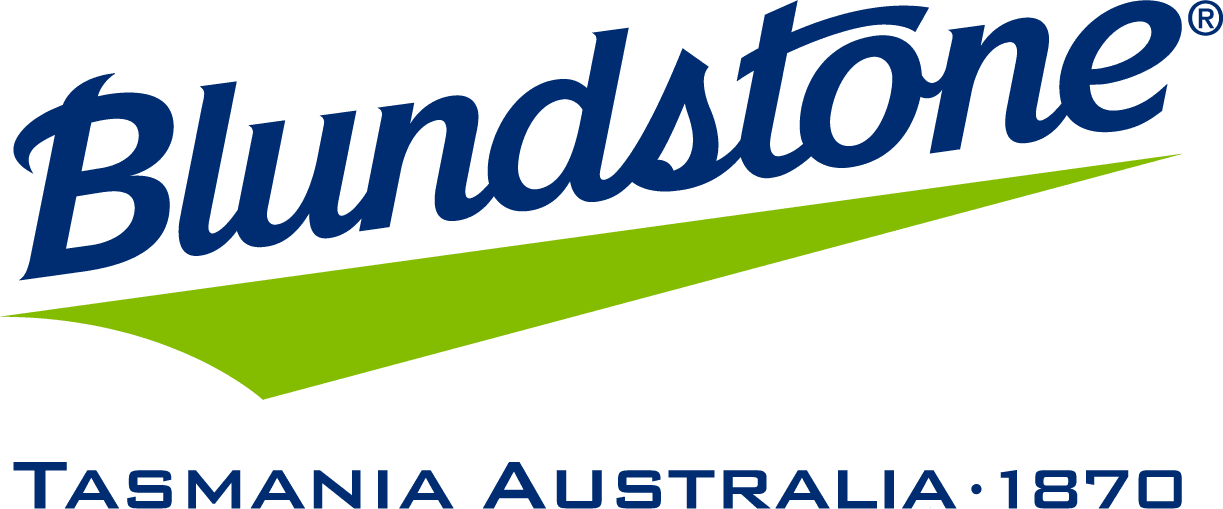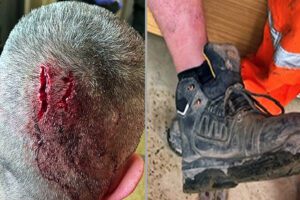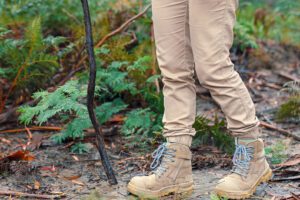There are a plethora of definitions of safety footwear across the web. We asked our safety footwear partner Blundstone this important question: What is safety footwear? and what defines it?
A pair of work boots are no good if they’re not safe and comfortable. Often made for specific conditions, safety boots are all about features that are built around keeping feet secure — in all kinds of environments — while still offering a range of comfort features.
Safety footwear is defined as “Footwear that incorporates protective features to protect the wearer from injuries which could arise through accidents, fitted with toe caps, designed to give protection against impact when tested at an energy level of at least 200 Joules and against compression when tested at a compression load of at least 15kN”.
The footwear in the Blundstone safety series comes in a range of elastic-sided, lace-up, Boa® Fit System or zip sided designs – all with a protective toe cap for maximum safety and compliant to the Australian Safety Standard AS 2210.3:2019. The objective of this Standard is to provide manufacturers and users with requirements for footwear intended for use in workplace applications.
The testing for standard AS 2210.3:2019 compliance covers many facets of the footwear construction including design, upper construction (including leather properties), linings, durability and slip resistance of outsole materials, insoles, toe protection and specific ergonomic features.
Certain workplace environments require additional protective features in footwear including penetration resistance, electrical properties, water resistance and metatarsal protection – these requirements are also addressed in additional clauses in the above standard.
Toe Cap Resistance
At Blundstone, we don’t believe in compromising on safety, which is why we use steel safety toe caps in a large range of our safety footwear.
Steel toe caps provide the maximum protection against impact, cuts, penetration and rolling forces such as forklifts and heavy moving machinery.
Although Blundstone has traditionally used steel toe caps, with the advances in composite toe material we are now manufacturing footwear that is suitable for light industries, hospitality, warehousing and security. However, if your feet are exposed to the risk of repetitive impacts, penetration, cutting hazards or electrical hazards, then we recommend that you consider one of our steel safety toe boots as they may be more suited to your needs.
Metatarsal Protection
Fractures of the metatarsal bones — the long bones running up the foot — are one of the most common traumatic foot injuries. Several boots in the Blundstone range provide protection for this area. In fact, our moulded guard made from XRD® Extreme Impact Protection material provides flexibility and absorbs up to 90% of the most extreme impacts.
Ergonomic Features
Another common lower-body injury occurring on worksites across Australia is rolled ankles. There are considerations within the design process of Blundstone footwear to reduce the potential risk of these injuries. Our boots feature wide, flared soles, correct arch support, shanks to ensure torsional stability, quality footbeds and strong and supportive heel counters to assist in decreasing the risk of an ankle injury.
Penetration Protection
Provides maximum resistance against perforation of the sole by nails and other sharp objects. Our leather boots with this feature have a composite penetration insole, the gumboots offering penetration resistance have a steel midsole.
Chemical Resistance
Blundstone has recently released the #982 chemical resistant boot which is suitable for industries where caustic acid spillage is a risk. They include a Chemical resistant leather upper and PU/Rubber outsole. They are compliant to Standard EN 13832-2:2006 – tested against Sodium Hydroxide (caustic soda) and Acetic Acid.
Given the diverse range of features now available, it is imperative that the correct safety footwear is selected for the intended application.
Workplace environments and risk factors vary enormously, and OH&S risk assessments should be consulted before choosing footwear protection.
Read more Mining Safety Articles and News















Add Comment